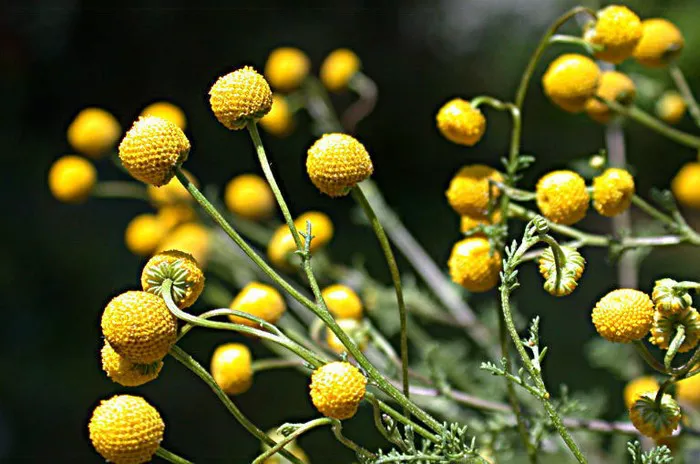As spring unfolds, so does the emergence of stinknet, a yellow-flowered plant making its presence known in various landscapes, including backyards and trails. Despite its visually appealing appearance, this invasive species, originating from southern Africa, poses significant threats to native vegetation and ecosystem health across the region, notably in State 48.
Characterized by its vibrant yellow spherical blooms, stinknet can rapidly outcompete indigenous flora and escalate the risk of wildfires due to its propensity to spread aggressively. Moreover, the oils present in the plant’s composition can induce skin irritations upon contact, while the combustion of its foliage releases smoke that may exacerbate respiratory issues.
Central Arizona Conversation Alliance Program Director Challie Facemire emphasizes the importance of accurate identification when encountering suspected stinknet. Notably, several native species, including the Mexican or California gold poppy, alpine false springparsley, American wild carrot, purplenerve springparsley, queen anne’s lace, and scorpion weed, bear resemblances to stinknet, warranting careful discernment to avoid unintended removal of beneficial plants integral to local ecosystems.
Effective stinknet management entails familiarizing oneself with the distinct features of its foliage, rather than solely relying on flower characteristics, to minimize seed dispersal and prevent further proliferation. Facemire underscores the staggering seed production of each stinknet flower, which can exceed 2,000 seeds, highlighting the necessity of proper disposal methods, such as bagging, to contain the spread.
Given the potential allergenic properties of stinknet, precautions are paramount when handling the plant, including the use of gloves and face coverings to mitigate adverse reactions. Facemire recounts personal experiences of allergic responses triggered by mere exposure to stinknet, underscoring the need for vigilance during removal efforts.
For community members keen on contributing to stinknet eradication, volunteering opportunities abound, particularly in organized “pulls” aimed at clearing infested areas. Facemire encourages individuals to exercise caution and refrain from unauthorized removal activities in protected environments to avoid unintended consequences.
In conclusion, proactive vigilance coupled with informed action is essential in combating the proliferation of stinknet and safeguarding the ecological balance of local habitats. By collectively addressing this invasive threat, communities can mitigate its adverse impacts and preserve the integrity of native flora and fauna.


